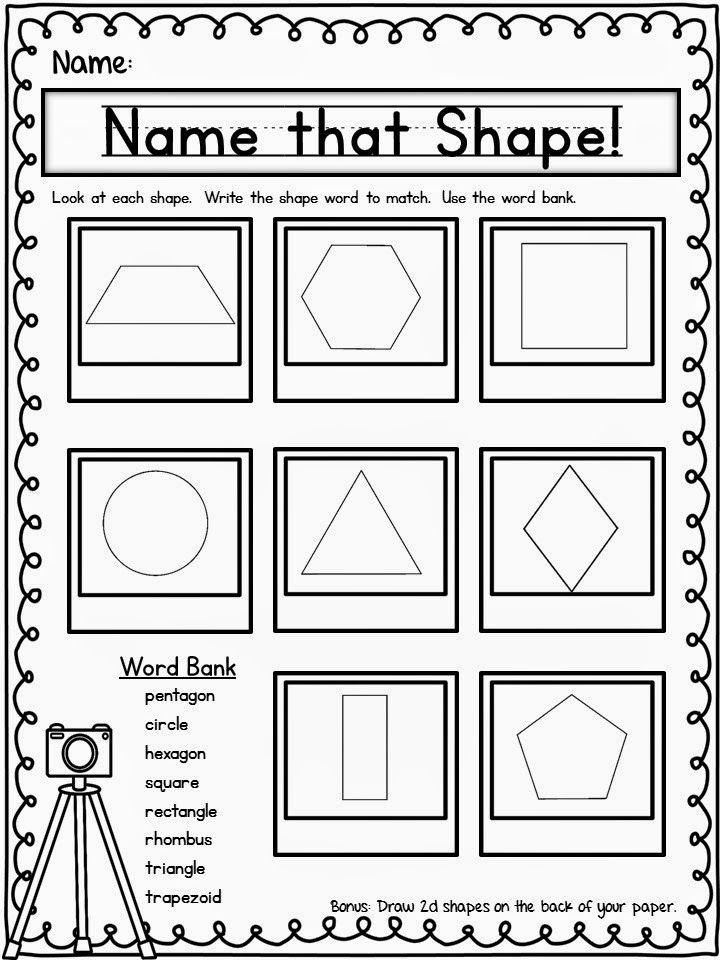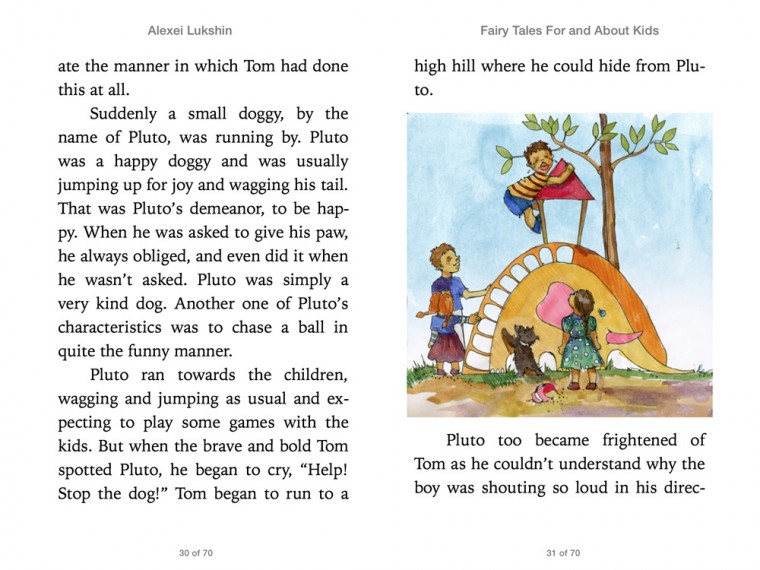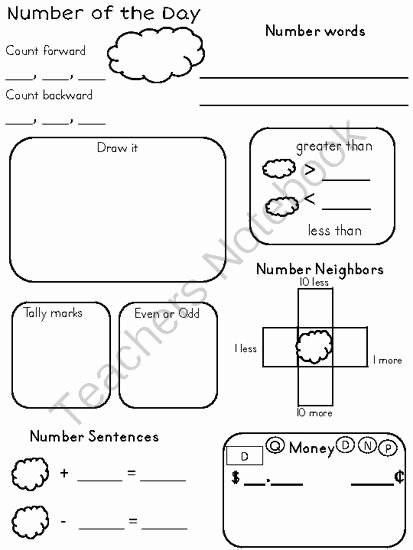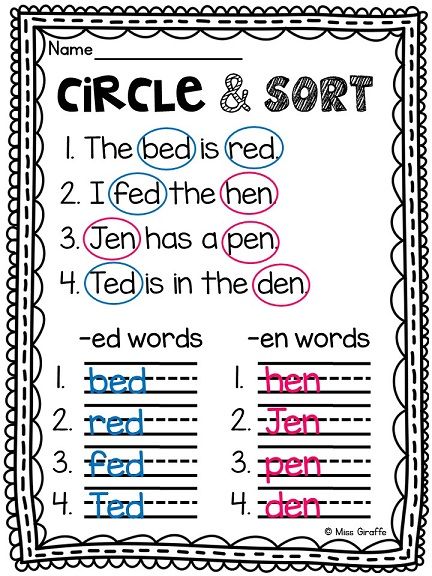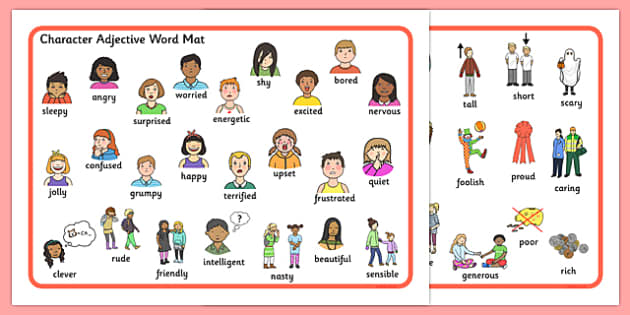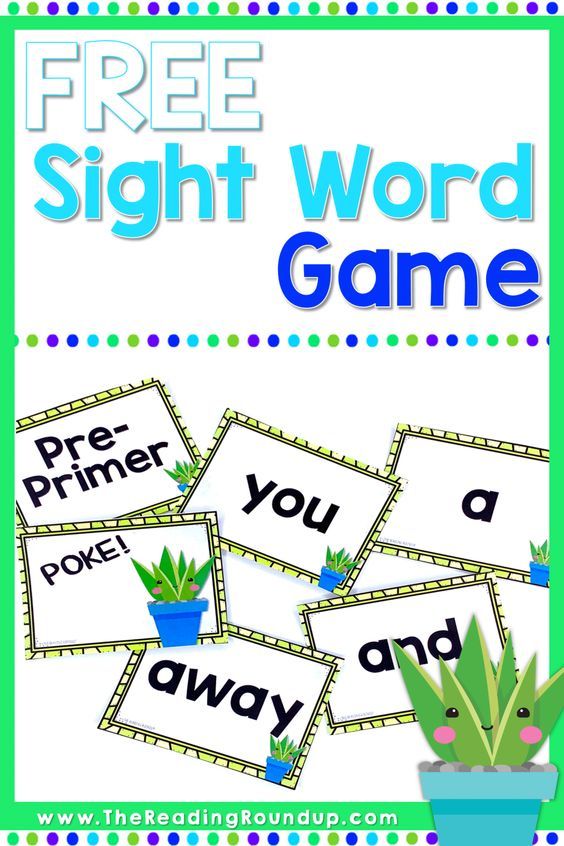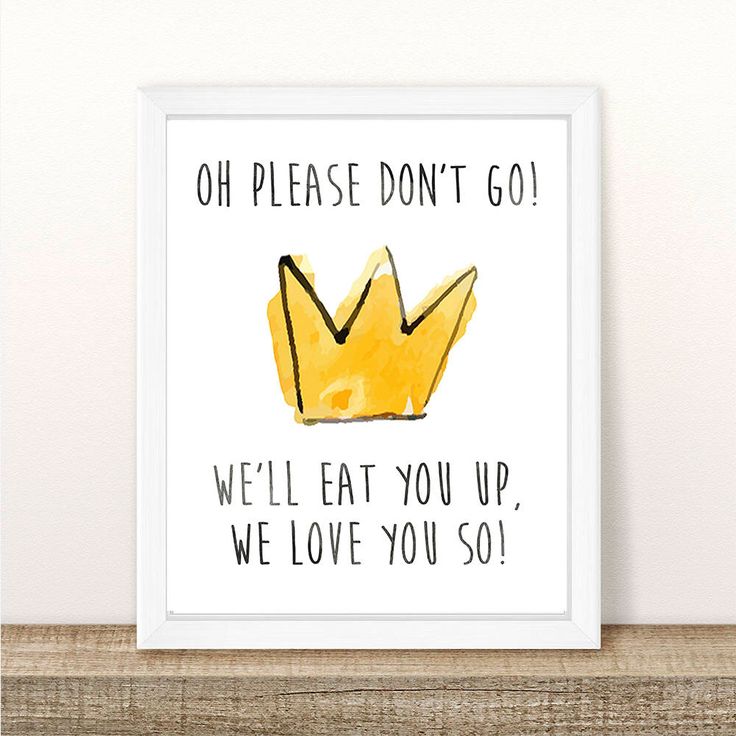Vowel sound examples
Vowel sounds — English Language Club
Share This Post
When we think about the alphabet we think of 5 vowels A, E, I, O, U. However, when it comes to pronunciation, there are many vowel sounds. In this video we will look at the vowel sounds from the International Alphabet.
Vowel Sounds
When we think about the alphabet we normally think of there being 5 vowels A, E, I, O, U. However, when it comes to pronunciation, there are many vowel sounds and these sounds can be spelt in different ways which can be a little inconsistent. This makes things difficult when learning English especially as in many other languages the vowels are pronounced more consistently with how they they are spelled. There are 12 sounds that we will be looking at in this video and they are the single vowels or monophthongs. The place of each symbol on the chart tells us something about how it is produced.
Remember!
Pronunciation is physical and as we go through these sounds you need to think about these three questions; Is your mouth open, closed or in the middle? What is the position of your tongue? What shape are your lips?
Examples of Vowel Sounds
For the vowel sounds on the top row the mouth is almost closed
- /i:/, /ɪ/, /ʊ/ and /u:/
For the vowel sounds on the bottom row the mouth is almost wide open.
- /æ/, /ʌ/, /ɑ:/ and /ɒ/
For the sounds on the left, our tongue is near the front teeth.
- /i:/, /e/ and /æ/
When we get to the right, it has moved back a little bit.
- /u:/, /ɔ:/ and /ɒ/
Lets look at some examples words for each vowel sound.
- /i:/, as in “me”, “these”, “need” and “be”.
- /ɪ/ as in “with”, “this”, “if” and “think”.
- /ʊ/ as in “put”, “would”, “look”, and “woman”.
- /u:/ as in “to”, “you”, “new” and “who”.
Do you see how the position on the chart relates to where the sound comes from?
On the second row the mouth is open a little more. Again the tongue should move back a little as we go through them from left to right.
- /e/ as in “get”, “when”, “well” and “very”.
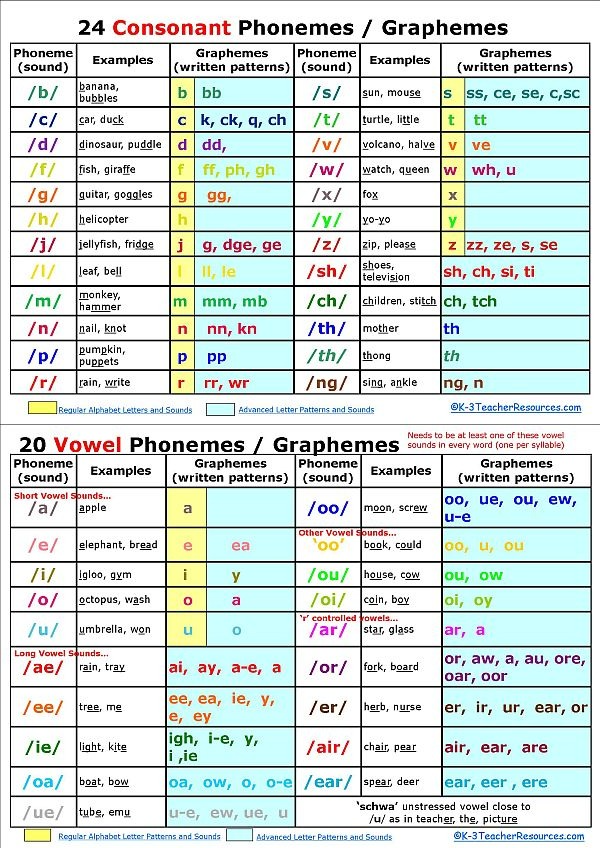
- /ə/ as in “the”, “about”, “could” and “us”.
- /ɜ:/ as in “her”, “work”, “learn”, and “word”.
- /ɔ:/ as in “or”, “also”, “more”, and “call”.
Now lets look at the bottom row where our mouth should be almost wide open.
- /æ/ as in “have”, “that”, “as”, and “can”.
- /ʌ/ as in “but”, “up”, “one”, and “much”.
- /ɑ:/ as in “start”, “ask”, “large” and “after”.
- /ɒ/ as in “of”, “on”, “from” and “not”.
So that is all the single vowels. Obviously there are a lot more examples but the examples in this video are some of the most common words. The important thing to remember is that pronunciation is physical.
Well thanks for reading. I hope you found it useful.
Improve your pronunciation
subscribe to our newsletter for pronunciation tips
PrevPreviousDiphthongs: How to pronounce the Diphthong Sounds
NextPresent Continuous for HabitsNext
More To Explore
Pronunciation
ng sound: How to pronounce the ŋ sound (/ŋ/ Phoneme)
This lesson is about the ng sound, (/ŋ/ Phoneme), as in the words: think thing walking It is a sound from the Single Consonants group.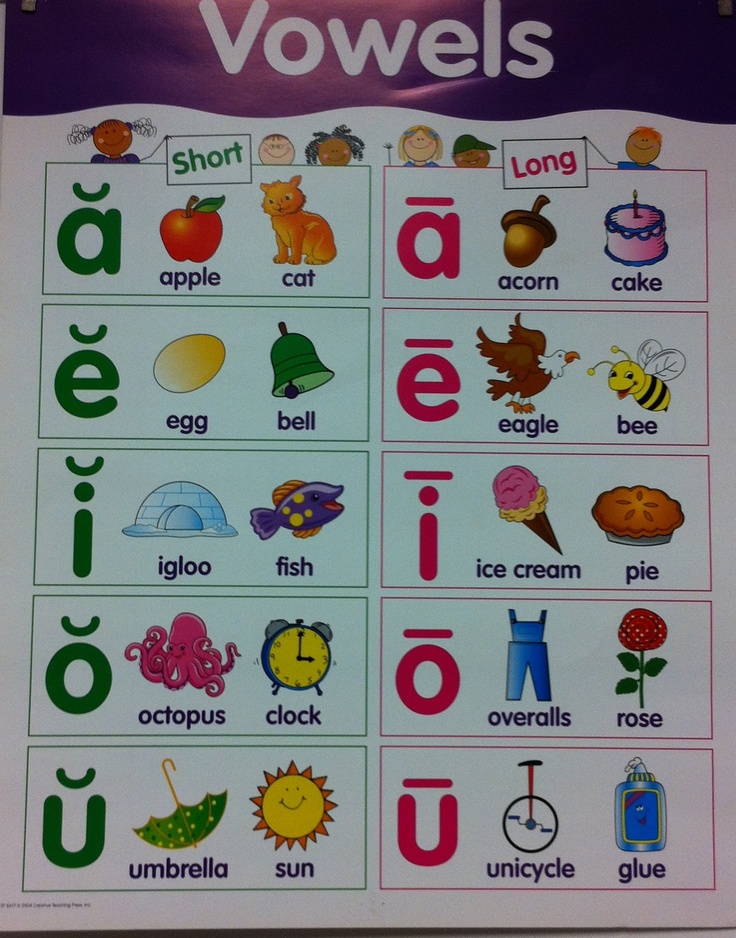 How
How
Colin Munro September 9, 2021
Pronunciation
i: Sound: How to pronounce the i: sound (/i:/ Phoneme)
The i: sound is a Vowel sound called the ‘Close Front Unrounded Vowel’. So your tongue is high and at the front of your mouth.
Colin Munro September 9, 2021
Do You Want To Improve Your Pronunciation?
Get our free phonetics app
Download
English vowel sounds | EnglishRadar
British English vowel sounds
We explain the 20 British English vowel sounds in videos (Lessons 1-5) and give examples of spelling and quizzes as part of our English pronunciation sounds course.
Learn pronunciation with videos
We also recommend watching the introduction to our British English pronunciation sounds course.
The whole course has 12 videos and you can learn all the British English pronunciation sounds in less than 30 minutes.
(1) English vowel sounds: iː ɪ ʊ uː
You can watch, listen and repeat each vowel sound (iː ɪ ʊ uː) and the examples.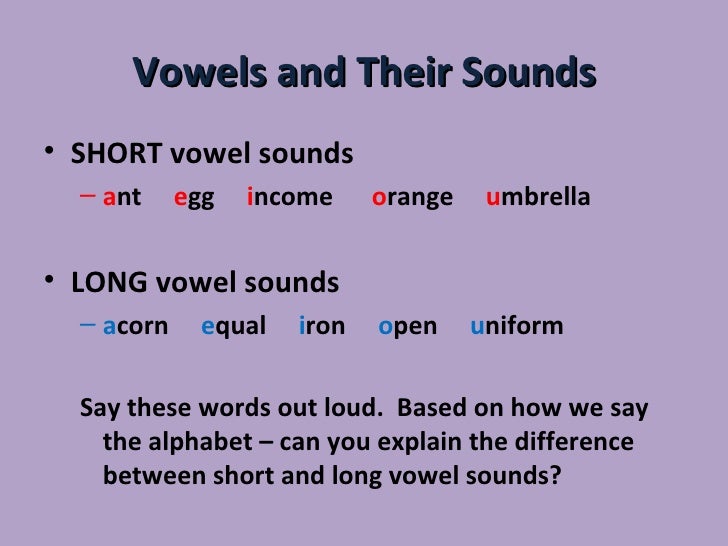
Spellings: iː ɪ ʊ uː
Here are spelling examples for each vowel sound (iː ɪ ʊ uː).
| iː | be, see, beach, ski, city |
| ɪ | big, busy, England, been, myth |
| ʊ | full, look, woman |
| uː | who, food, music, you, new |
Quiz: iː ɪ ʊ uː
Choose the vowel sound (iː ɪ ʊ uː) that we have underlined in each word.
Good luck and please share!
(2) English vowel sounds: e ə ɜː ɔː
You can watch, listen and repeat each vowel sound (e ə ɜː ɔː) and the examples.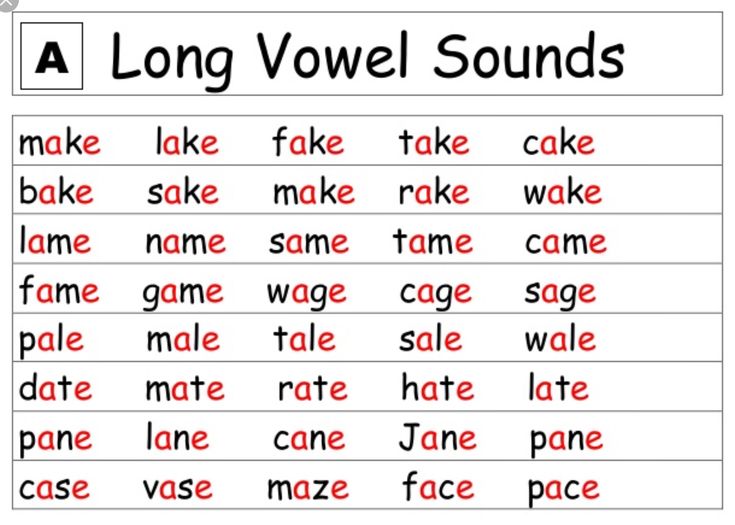
Spellings: e ə ɜː ɔː
Here are spelling examples for each vowel sound (e ə ɜː ɔː).
| e | egg, head, any, friend, said |
| ə | the, brother, doctor, popular, arrive |
| ɜː | person, nurse, bird, work, earth |
| ɔː | for, door, saw, walk, warm |
Quiz: e ə ɜː ɔː
Choose the vowel sound (e ə ɜː ɔː) that we have underlined in each word.
Good luck and please share!
(3) English vowel sounds: æ ʌ aː ɒ
You can watch, listen and repeat each vowel sound (æ ʌ aː ɒ) and the examples.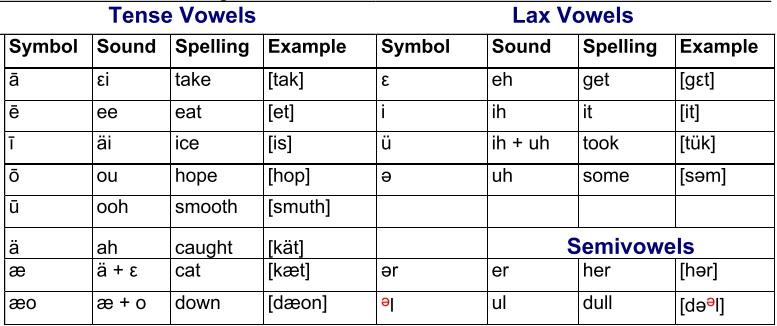
Spellings: æ ʌ aː ɒ
Here are spelling examples for each vowel sound (æ ʌ aː ɒ).
| æ | apple |
| ʌ | sun, money, does, touch, flood |
| aː | car, father, are, aunt, heart |
| ɒ | dog, watch, because, cough |
Quiz: æ ʌ aː ɒ
Choose the vowel sound (æ ʌ aː ɒ) that we have underlined in each word.
Good luck and please share!
(4) English vowel sounds: ɪə eɪ ʊə ɔɪ
You can watch, listen and repeat each vowel sound (ɪə eɪ ʊə ɔɪ) and the examples.
Spellings: ɪə eɪ ʊə ɔɪ
Here are spelling examples for each vowel sound (ɪə eɪ ʊə ɔɪ).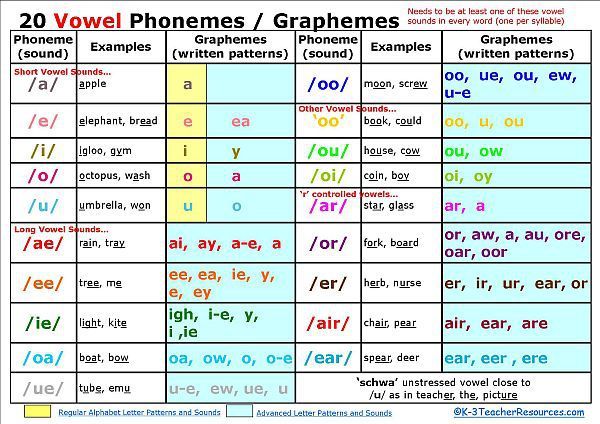
| ɪə | ear, beer, here, idea |
| eɪ | cake, day, train, great, they |
| ʊə | tour, Europe, cure |
| ɔɪ | boy, voice |
Quiz: ɪə eɪ ʊə ɔɪ
Choose the vowel sound (ɪə eɪ ʊə ɔɪ) that we have underlined in each word.
Good luck and please share!
(5) English vowel sounds: əʊ eə aɪ aʊ
You can watch, listen and repeat each vowel sound (əʊ eə aɪ aʊ) and the examples.
Spellings: əʊ eə aɪ aʊ
Here are spelling examples for each vowel sound (əʊ eə aɪ aʊ).
| əʊ | open, coat, grow, although, toe |
| eə | hair, share, bear, their, there |
| aɪ | time, fly, high, pie, eye |
| aʊ | now, house |
Quiz: əʊ eə aɪ aʊ
Choose the vowel sound (əʊ eə aɪ aʊ) that we have underlined in each word.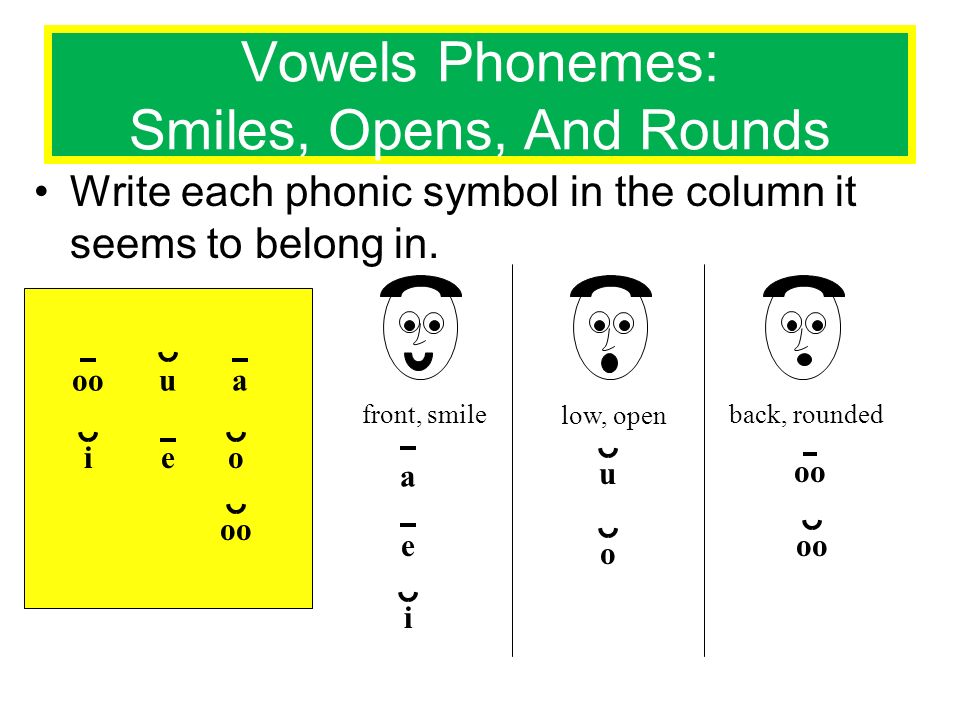
Good luck and please share!
More videos and English courses
Just click on the buttons below for our introduction and English consonant sounds videos, or to find out more information about our English courses to develop your English pronunciation and fluency.
Vowel sounds and letters. How many are there in Russian?
Free Russian lesson
Enroll
Correct pronunciation of words is one of the components of beautiful and literate speech. To achieve this, you will first have to study the sounds themselves. In this article, we will figure out together what vowel sounds are, how many vowels are in the alphabet of the Russian language, and what sounds they can represent.
What are vowels and sounds
Vowel sounds are those sounds that we freely convey with our voice. Hence their name comes from: voice means "voice".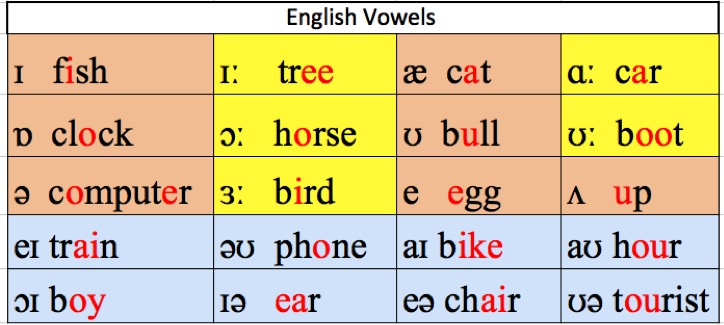 When pronouncing, air exits through the mouth and does not create noise, and the position of the tongue and lips determines which vowel sound we will pronounce.
When pronouncing, air exits through the mouth and does not create noise, and the position of the tongue and lips determines which vowel sound we will pronounce.
There are much fewer vowels in Russian than consonants. There are 6 of them in total: [a], [o], [i], [s], [y] and [e]. To understand whether a vowel sound is in front of you or not, try to sing it. For example:
-
a-a-a ,
-
woo
-
ss .
If it works, then the sound is a vowel. You can't do that with consonants.
There are more vowels than sounds - there are 10 of them: a, i, u, u, o, e, e, e, i, s . This difference is due to the fact that some of these letters can represent two sounds and are pronounced using a combination of a vowel and a consonant [y']. For example, in the word spruce the letter e two sounds are expressed - [y '] and [e]. Let's look at the table all the vowel sounds and the letters that represent them.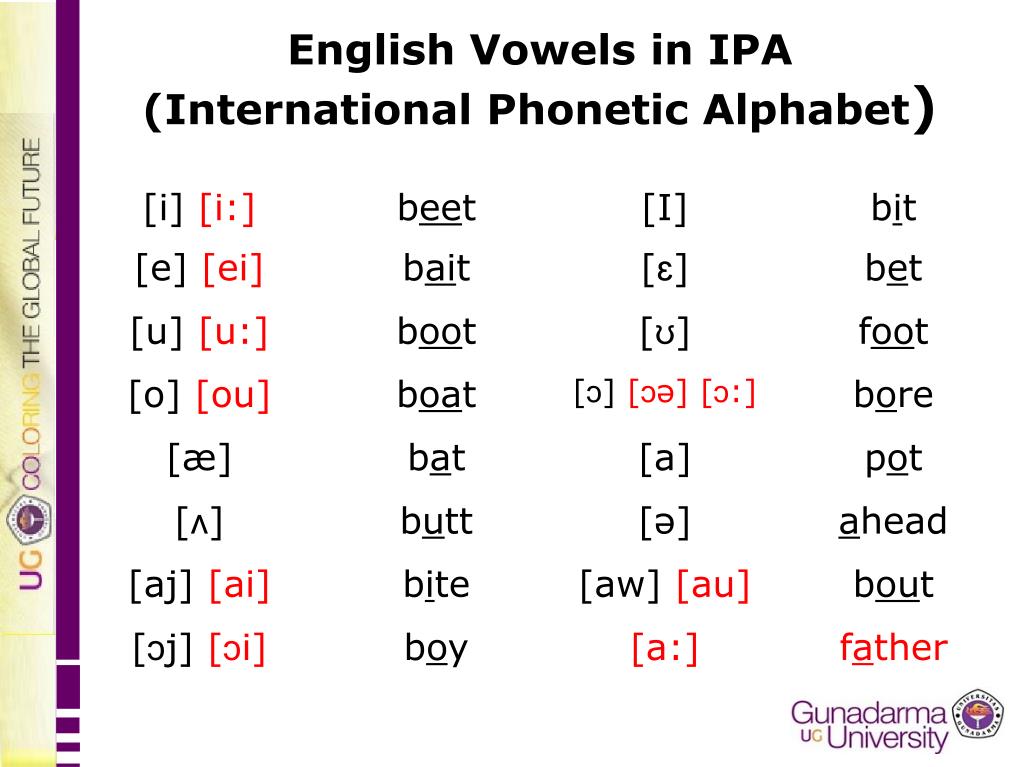
| Letter | Sound | Example |
|---|---|---|
| a | [a] | pharmacy |
| i | [a] [d'] + [a] | change anchor |
| y | [y] | moon |
| [y] [y'] + [y] | love skirt | |
| about | [o] [a] | horse milk |
| e | [e] [y'] + [e] [and] | victory raccoon great |
| e | [o] [d'] + [o] | rope hedgehog |
| e | [e] | evolution |
| and | [and] [s] | caviar life |
| s | [s] | choice |
Demo lesson in Russian
Take the test at the introductory lesson and find out what topics separate you from the "five" in Russian.
How vowel sounds are related to syllables
Vowel sounds form syllables - sound segments of words that we pronounce with one breath. One syllable can be either a vowel with one or more consonants, or a vowel alone. There is even a rule by which syllables can be counted: how many vowels in a word - so many syllables.
For example, in the word journey there are 5 vowels: [u], [i], [e], [i] and [e]. This means that it has 5 syllables: p-te-she-stv-e .
Test yourself!
Count the number of syllables in the words: try on, tanner, well-groomed, care, prefix, capital, wet, invitation, orange .
Vowel sounds and stress
Now let's see what groups vowel sounds are divided into. Sometimes their pronunciation depends on whether the stress falls on them, that is, whether we single them out with our voice. So vowel sounds are divided into stressed and unstressed. Here are some examples:
| | | |
|---|---|---|
| | | |
| | | |
| | | |
Stress in Russian can fall on any of the existing vowel sounds.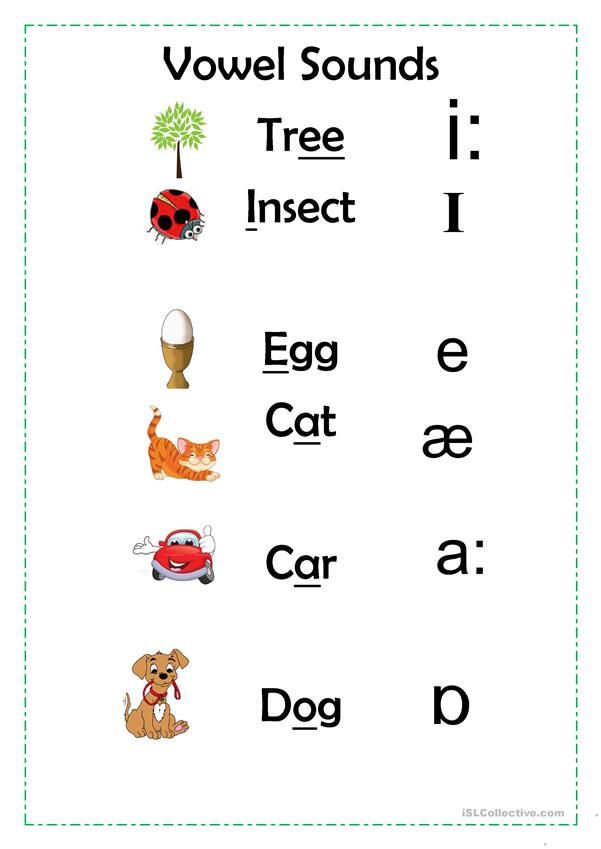 However, only 4 of them can be unstressed - these are [a], [i], [y] and [s]. In this position, we pronounce sounds weaker than under stress, because of which they can change qualities and sound differently.
However, only 4 of them can be unstressed - these are [a], [i], [y] and [s]. In this position, we pronounce sounds weaker than under stress, because of which they can change qualities and sound differently.
Interestingly, the vowels [o] and [e] can only be stressed. There are only a couple of exceptions to this rule: for example, in words cocoa and canoe sounds [o] and [e] in an unstressed position.
How unstressed vowels are related to consonants
How an unstressed vowel sounds depends on the consonant that precedes it. Or rather, from its hardness or softness. If it is a hard consonant, it can be followed by unstressed vowels [y], [a] and [s]. When we talk about a soft consonant, it is followed by unstressed vowels [y] and [and].
| | |
|---|---|
| | |
| | |
| | |
Free English lessons with a native speaker
Practice 15 minutes a day. Learn English grammar and vocabulary. Make language a part of life.
Learn English grammar and vocabulary. Make language a part of life.
Test yourself
It's time to find out if you now understand well what vowel sounds are in Russian. To do this, we have prepared tasks for self-examination.
Task 1
List all the vowels in these words:
fair,
rejoice,
doll,
remote,
buddy,
voting,
mirror,
story,
OK,
captivate.
Task 2
Name 5 words each in which the sounds [a], [i], [y] and [s] would be stressed.
Task 3
Name 5 words in which an unstressed vowel would come after a hard consonant and 5 more words where it would follow a soft consonant.
Task 4
Count the number of syllables in the words below (remember to use the rule you learned at the beginning of the article!):
-
weightless,
-
sunrise,
-
adventure,
-
painter,
-
perpetuate,
-
nice,
-
image,
-
category,
-
exciting,
-
melting,
-
snowflake.
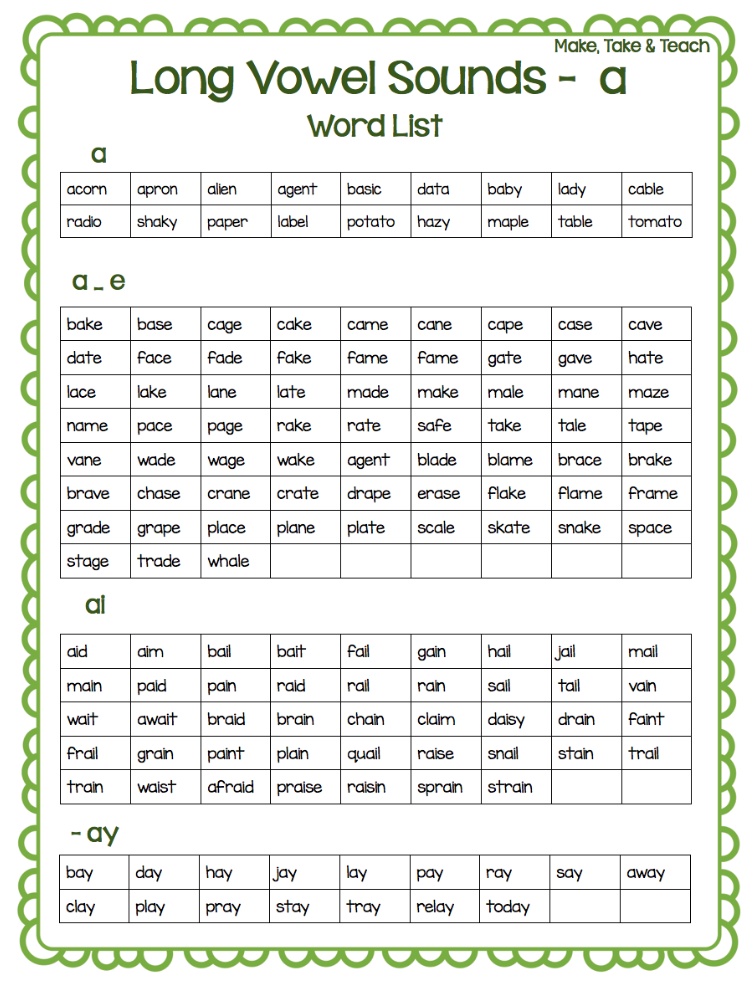
The rules of phonetics help us to speak correctly, so it is important to master the topic of vowels well and avoid gaps in knowledge. If even after reading the article you still have questions on the topic, you can figure them out in the Russian language course at Skysmart. In online lessons, the teacher will help the student work out the theory and consolidate the result on non-boring tasks. So the student will be able to improve the quality of knowledge, and fall in love with the subject.
Cheat sheets for parents
All Rules in Russian at hand
Alena Fedotova
Author Skysmart
to the previous article
Supplement
to the next article
phonetic analysis of
90,000 vowels in the Russian language, form, form, form, form, form, form, form, form, form, form function, designation of the concept 4.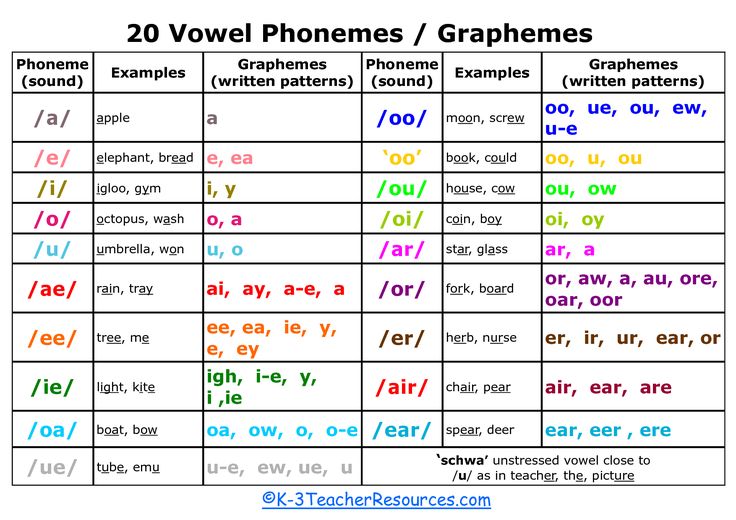 6
6
Average score: 4.6
Total ratings: 164.
4.6
Average score: 4.6
Total ratings received: 164.
As you know, there is oral and written speech: we write and read written speech, and we pronounce and hear oral speech. Sounding words consist of speech sounds, which are usually divided into vowels and consonants.
Vowels
Vowel sounds differ from consonants in that they are pronounced exclusively with the help of the voice, while various noises occur during the pronunciation of consonants.
It is enough for schoolchildren to remember the main 6 vowels: [a], [e], [o], [i], [y], [s]. To designate them in Russian, there are 10 letters: a, e, e, i, o, u, s, e, u, i. The function of vowels is to make speech sonorous and smooth. It is the vowels that can be sung.
Another important function is that vowels can be syllable-forming, that is, the main sounds in a syllable.
Vowel formation
When pronouncing vowel sounds, the exhaled air passes through the speech apparatus without encountering obstacles. However, this does not mean that the mouth and lips do not participate in the process of pronunciation. Depending on what sound we want to pronounce, we create a resonator cavity of various shapes in the mouth by raising the tongue, moving it towards the teeth, opening the mouth more or less wide and folding the lips in a certain way. For example, when pronouncing the sound [y], we stretch our lips forward with a tube, from their shape the vowel sound acquires a specific sound.
However, this does not mean that the mouth and lips do not participate in the process of pronunciation. Depending on what sound we want to pronounce, we create a resonator cavity of various shapes in the mouth by raising the tongue, moving it towards the teeth, opening the mouth more or less wide and folding the lips in a certain way. For example, when pronouncing the sound [y], we stretch our lips forward with a tube, from their shape the vowel sound acquires a specific sound.
Scientists have developed an extensive classification of vowels. It includes such concepts as series, rise, labialization. However, the principles of classification adopted by linguists are not suitable for high school: they require a detailed acquaintance with the process of articulation. Therefore, at school, vowel sounds are considered only in terms of their stress.
Accent
Performing phonetic analysis, the student must determine the stressed or unstressed vowel in this word.
Vowel sounds in Russian can be pronounced more strongly, loudly and clearly.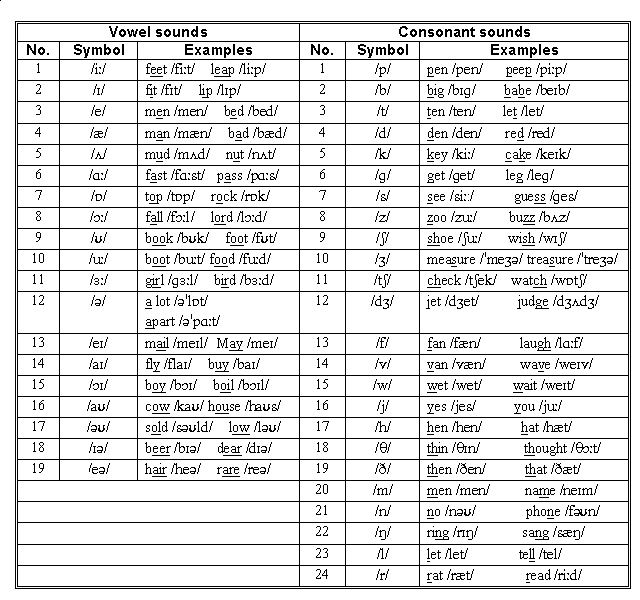 Then we say that such a sound is percussive. Under stress is a strong position for a vowel sound, so we check unstressed vowels with stress.
Then we say that such a sound is percussive. Under stress is a strong position for a vowel sound, so we check unstressed vowels with stress.
Most words in Russian have one stress. However, there are unstressed words. Basically, these are monosyllabic prepositions, conjunctions and particles. It happens that the preposition “pulls” the stress from the noun, for example, “About the forest”.
There are also words with two stresses. These are long complex words that are difficult to pronounce in one breath, for example, “agricultural”, “locomotive repair”, etc.
Unstressed position
The vowel sounds short, weak, it does not look like itself. Unstressed vowels can often be confused with others. For example, the first vowel in the word "rowan" sounds so vague that it is difficult to determine whether to write "e", "and" or "I".
Scientists have noticed that in the absolute beginning of a word, an unstressed vowel sounds more clearly than in the middle of a word.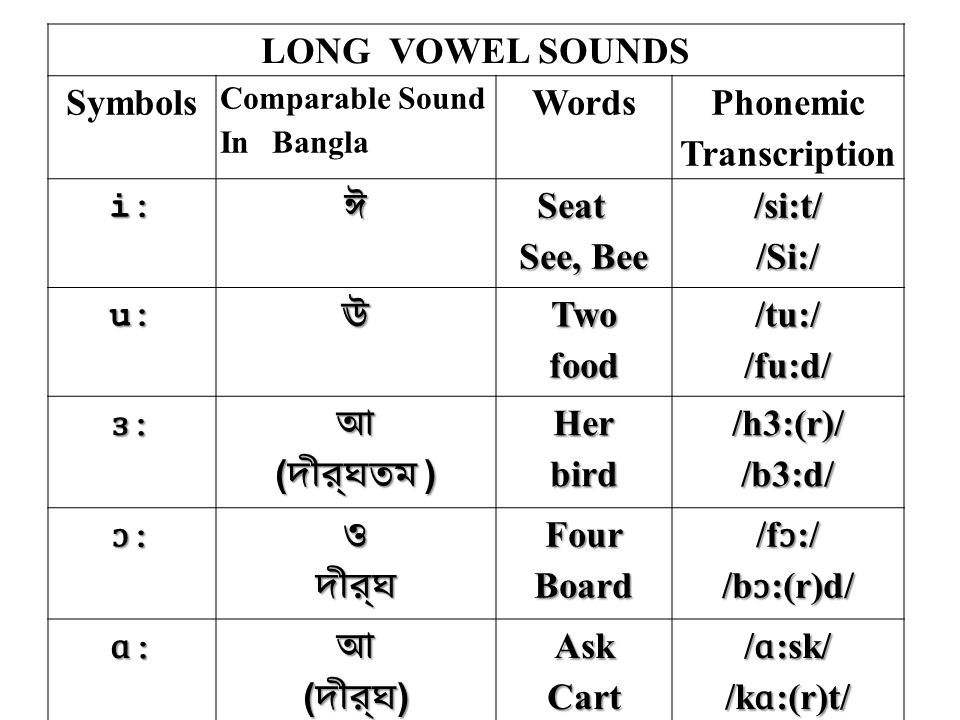 But it's still best to check it out.
But it's still best to check it out.
Pronunciation of vowels
In different regions of our country, people whose native language is Russian often pronounce vowels in the same words somewhat differently. For example, in some areas they “okay” - they pronounce a sound close to “o” in an unstressed position where it is written. However, this pronunciation is not considered normative.
Actors of the Maly Theater during the performance use the pronunciation that was considered standard about a century ago; due to this, their speech is very legible, perfectly understandable even in the back rows.
Vowel phonetic analysis
In phonetic parsing, in most cases it is sufficient to indicate whether the vowel is stressed or unstressed.
A vowel sound cannot have any other characteristics, it is neither voiced nor soft, nor paired or unpaired. Sometimes they are also asked to write “iotized” about the sounds denoted by the letters E, Yo, Yu, Ya.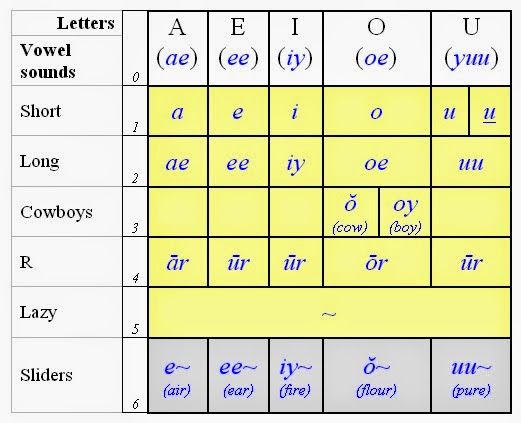
It must be remembered that the sounds "e", "yo", "yu", "ya" do not exist in Russian. These letters stand for
- two sounds [ya], [ye], [yo], [yu] at the absolute beginning of a word, after a vowel or after a hard and soft sign;
- one sound [e] [o] [y] [a] after a consonant.
This information is presented in the table.
What sounds do E, E, Yu, I represent?
| At the beginning of a word | After a vowel | After b and b | After consonant |
| [ya], [ye], [yo], [yu] | [ya], [ye], [yo], [yu] | [ya], [ye], [yo], [yu] | [e] [o] [y] [a] |
After Zh and Sh, the letter i is written, but it denotes the sound [s].


